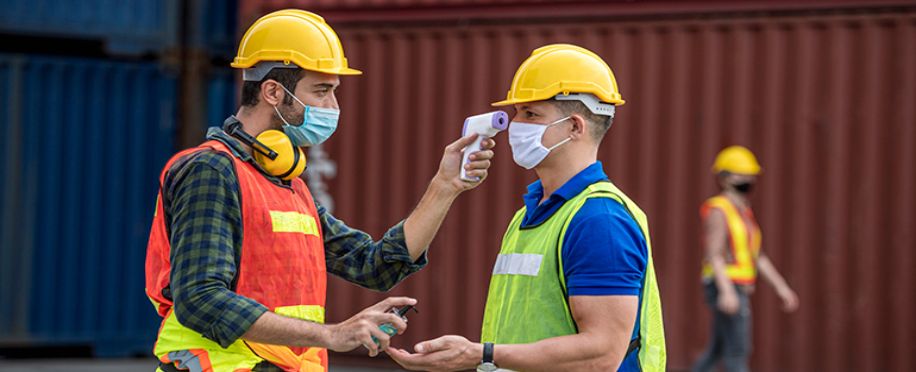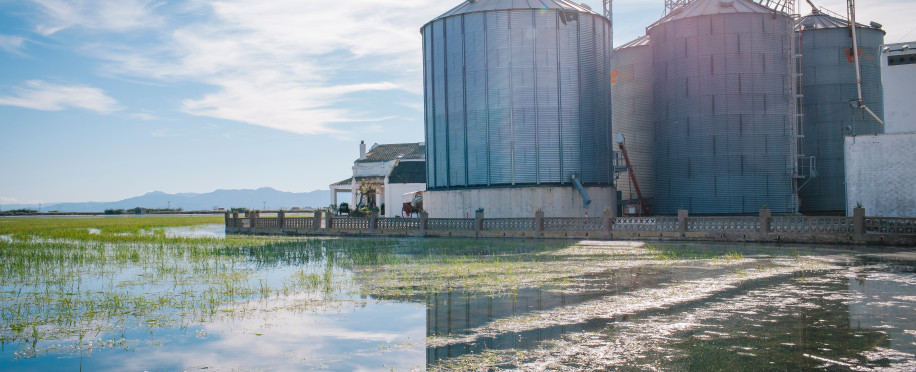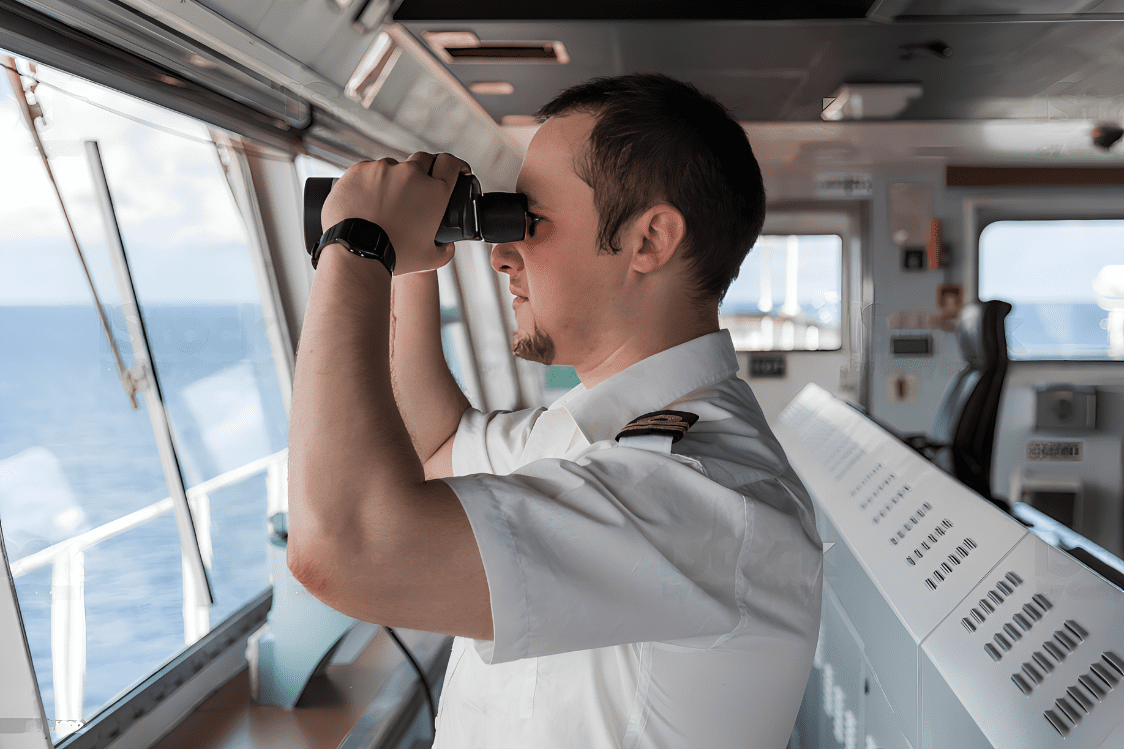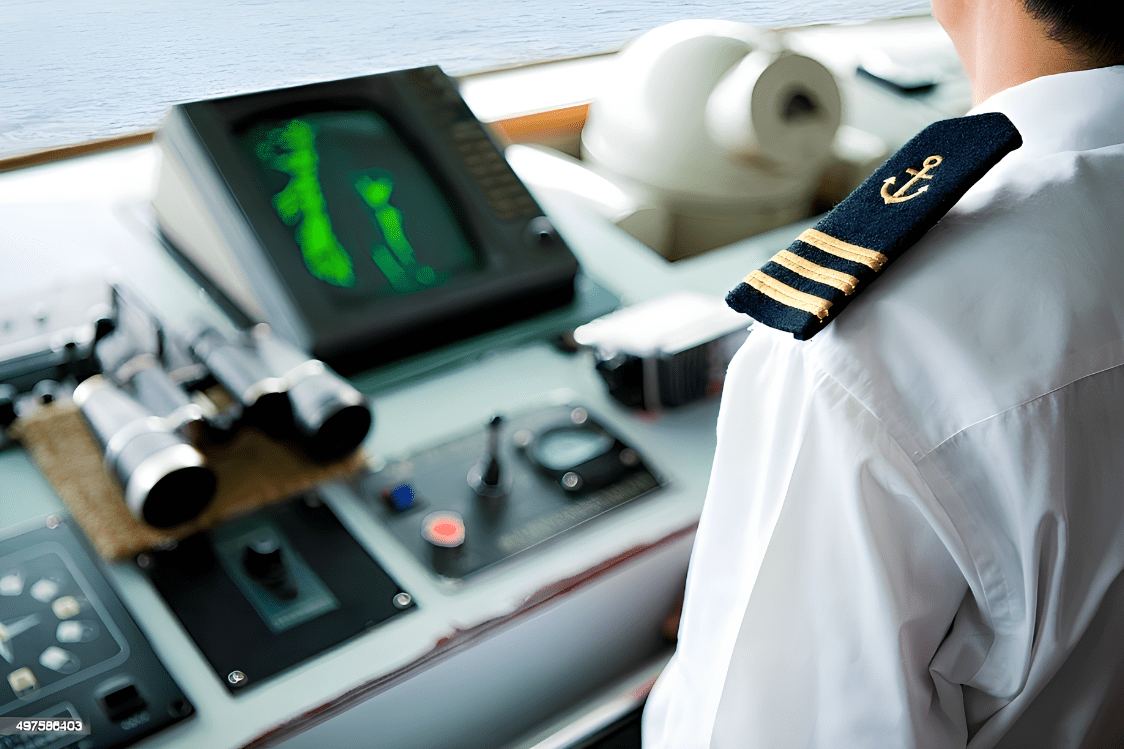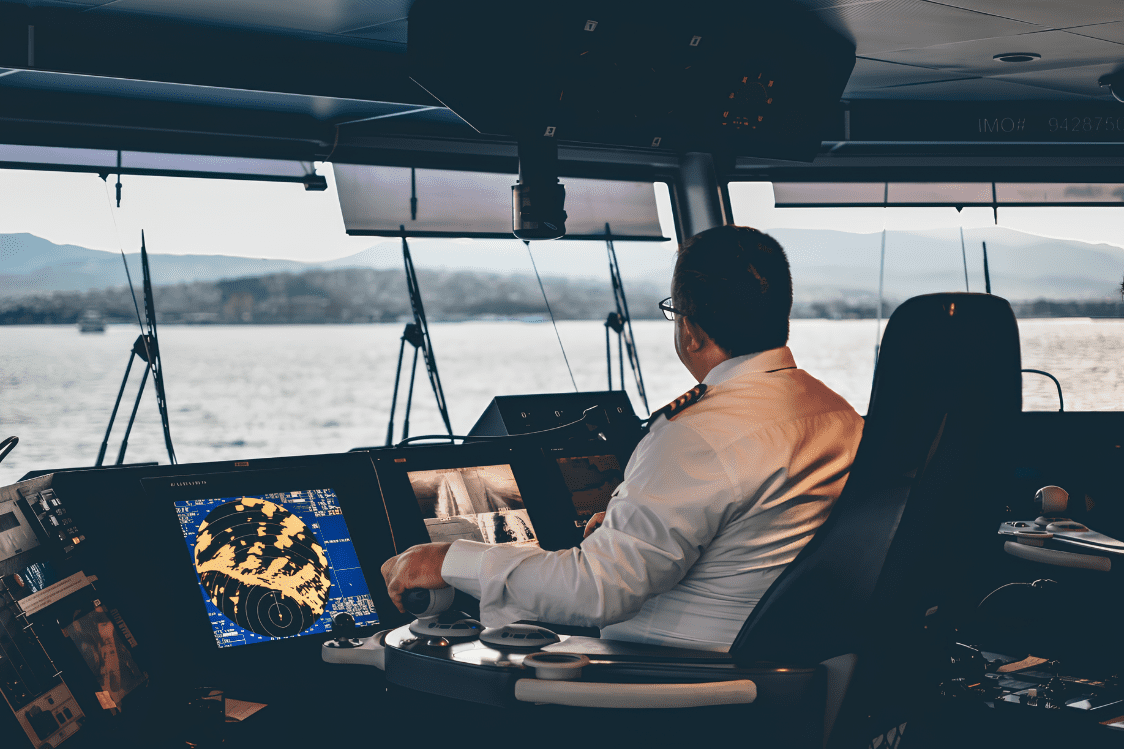Revolutionising Maritime Safety: The Impact of Advanced Vessel Tracking Systems
Posted on Jan 24, 2024 at 12:01 AM
The marine industry controls a considerable portion of the global economy, with significant growth indicators; however, with all these advantages, some challenges are included, and vessel tracking is one of the effective methods to track ships on maps and ensure the best performance.
Moreover, the Vesselfinder provides real-time monitoring and accurate data that can improve marine traffic and share online access with stockholders for the required information.
Stay with us to get the latest information on vessel tracking, popular ship tracking software, and the key benefits of different fleet tracking systems, including AIS.
What Is Vessel Tracking?
Vessel tracking is the process of monitoring and following ships and other maritime vessels during their voyages in the oceans.
This ship-tracking process uses various maritime technologies to ensure maritime vessel security with many hardware and tools connected through an effective network of software, AIS, and systems to achieve real-time monitoring for any ship in the sea.
The primary goal of vessel tracking is to share real-time updates and displays with cargo companies, ships' owners, stockholders, and ports with data on the ships' movements, live locations, positions, and technical status.
Moreover, the shipfinder service shares details on the scheduled activity timelines, used routes, interaction with other shipping lines, and terminal expected arrival.
Types of Vessel Tracking:
Choosing the suitable ship-tracking app to track and map your ships is essential in making the ship-tracking process efficient and effective on all levels.
Furthermore, that must depend on the specific requirements, such as vessel traffic, data, the nature of the maritime activities being monitored, and the type of vessels, such as trade ships, containers, boats, and yachts.
Moreover, you can still combine multiple vessel tracking technologies to get a comprehensive perspective.
-
Satellite Tracking:
Satellite tracking includes satellites to locate vessels worldwide, providing real-time location data and extensive coverage to help maritime crews make valuable decisions in open-sea navigation and monitoring in remote areas.
-
Automatic Identification System (AIS):
Actually, the AIS is a transponder system that is mandatory for most vessels to broadcast an essential list of information, such as live position and traffic; the AIS track is mainly used as a reference for avoiding movement accidents and identifying ships.
Moreover, the live AIS signals of one ship are received by other ships, coastal stations, and satellite receivers.
-
Radar:
The radar explorer tool employs radio waves to detect and track vessels’ positions to provide navigation and situational check and view for ships; moreover, they are widely used for their reliability in adverse weather conditions.
Additionally, your ship could receive live signals from the other detected vessels quickly through the powered connectivity platform.
-
Global Positioning System (GPS):
The GPS technology is integral to ship tracking, providing precise, updated display and location data, enhancing vessels' navigation accuracy, integrating with other monitoring systems, and supporting various maritime applications from safety to logistics.
-
Vessel Monitoring Systems (VMS):
Vessel monitoring systems are widely used in the fishing industry to track and manage fishing activities based on an accurate database.
Moreover, the VMS helps fisheries authorities enforce regulations, prevent illegal fishing, and ensure sustainable practices by monitoring vessel movements and activities.
The 6 Benefits of Vessel Tracking:
According to the maritime safety training, many natural and practical benefits of vessel tracking directly impact the vessels' work on all levels:
-
Full Visibility:
The AIS offers complete visibility of the location and status of maritime assets, enabling operators to monitor vessel movements, anticipate current congestion, and optimise traffic flow based on an accurate database, leading to enhanced maritime awareness and control.
-
Real-Time Planning and Scheduling:
With real-time data from vessel tracking systems, operators in both ships and ports can dynamically adjust routes, schedules, and logistics plans to improve efficiency and resource utilisation and ensure effective adaptability to changing conditions.
-
Effective Risk Management:
Identifying and monitoring potential threats through automatic vessel tracking, especially the radar and AIS, will help vessels avoid accidents through early detection. And facilitate instant responses to emergencies, including weather and other navigation obstacles.
-
Better Customer Services:
The vessel tracking app shares accurate and transparent tracker information on cargo and container shipments, vessel arrivals, voyage schedules, current positions, and departure times with customers. It enhances satisfaction, helps them understand the situation, and reduces uncertainties.
-
Reduce Risks and Challenges:
By detecting potential risk positions, such as piracy or unauthorised vessel entries, in real-time and live positions, the vessel tracking systems, like radar and AIS, contribute to a safer maritime environment and more secure and reliable active operations.
-
Improve Safety and Security:
All ships and boats constantly try to discover effective ways to improve safety and vessel tracking, which enhance cruise safety by preventing crashes, assisting in search and rescue operations, and enabling effective responses to distress signals based on accurate vessel positions.
On the other hand, ship tracking boosts global security efforts by monitoring vessel activities, helping to prevent illegal actions, and ensuring compliance with regulations.
In summary,
After reading and learning all this great information on vessel tracking, you will be more interested in finding the best ship-tracking system for your vessels to achieve the best results and outcomes on all levels.
However, you must train your team, update your infrastructure, and provide the latest software and technologies to do that effectively.
